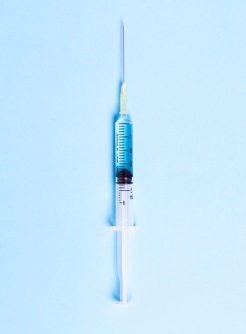SGLT2i Treatment Does Not Increase Fracture Risk in Postmenopausal Patients with Type 2 Diabetes
By Dave Quaile, MD /alert Contributor
October 25, 2023
A recent study published in JAMA Network Open found no association between sodium-glucose cotransporter 2 inhibitors and an increased risk of overall fracture risk among postmenopausal patients with type 2 diabetes.
According to Ju-Young Shin, PhD, from the school of pharmacy at Sungkyunkwan University, Seoul, and colleagues, SGLT2 inhibitors (SGLT2i) had either similar or lower risk of fracture when compared to incretin-based drugs among this patient group. “Several experimental studies have reported that SGLT2i exhibit inhibitory effects on the advanced glycation end products-receptor for advanced glycation end products signaling pathway via ameliorating glucose toxic effects, and thereby having a protective effect against fractures,” they wrote. “Nevertheless, there remains much to be understood regarding the exact biological mechanism SGLT2i, DPP4 inhibitors, and GLP-1 [receptor agonists] have in bone metabolism homeostasis. Thus, further research is needed to better elucidate this observation.”
To evaluate the risk of fractures in postmenopausal individuals with type 2 diabetes, the researchers compared SGLT2i with two different classes of incretin-based drugs: DPP-4 inhibitors (DPP4i) and GLP-1 receptor agonists (GLP1RA). This research involved a new-user cohort study that utilized nationwide claims data from Korea and covered the period from 2013 to 2020. The study included postmenopausal individuals aged 45 years or older with type 2 diabetes.
The primary outcome of interest was the occurrence of fractures, including vertebral, hip, humerus, and distal radius fractures. Patients were monitored from the day following the initiation of their medication until the earliest event, which could be the occurrence of the outcome, discontinuation or change of medication (with a 90-day grace period), death, or the conclusion of the study period.
The first patient set consisting of 369,570 patients, of whom 37,532 patients with a mean age of 60.6 received SGLT2i, while 332,038 patients with a mean age of 62.5 initiated DPP4i. A total of 113,622 patients with a mean age of 62.5 years included in the second cohort began SGLT2i treatment and 8,181 patients with a mean age of 6 started GLP1RA. The researchers found a higher prevalence of diabetes-related conditions, insulin use, and the number of diabetic medications, in patients in the second cohort, suggesting a more severe diabetic profile compared to first cohort.
A propensity score weighting and trimming showed at total of 37,530 patients in the first cohort who received SGLT2i and 332,004 patients who received DPP4i. The second cohort included 111,835 SGLT2i patients and 8,177 GLP1RA patients. In both cohorts, the exposure and comparator groups were well balanced, with absolute standardized differences for all baseline factors below 0.1 after propensity score weighting.
According to a follow-up period, patients who received SGLT2i in the first cohort had a 22% lower rate of incident overall fractures compared to DPP4i users (weighted hazard ratio [HR] = 0.78). In the second cohort, the use of SGLT2i was not associated with a higher risk of overall fractures compared to GLP1RA users (weighted HR = 0.92). Secondary outcomes were similar in both patient sets.
Shin and colleagues conducted a subgroup analysis which revealed no significant effect modification by age or known covariates that increase fracture risks, except for patients with a history of osteoarthritis who had a lower rate of incident fractures with SGLT2i compared to DPP4i. Patients with a history of osteoarthritis, however, had a higher rate of incident fractures with SGLT2i compared to GL.
“This result remained consistent irrespective of the particular incretin-based drug as an active comparator,” the researchers wrote. “These findings indicate that SGLT2i has either similar or lower risks of fractures than incretin-based drugs even in a population at higher risk for fractures, providing reassurance to and helping health care professionals with their clinical decision-making.”
--
Disclosures: Some authors declared financial ties to drugmakers. See full abstract for details.
Photo Credit: Getty Images.



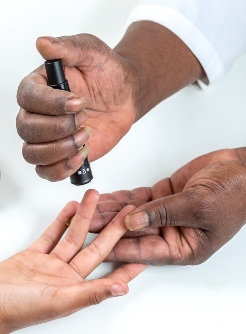

















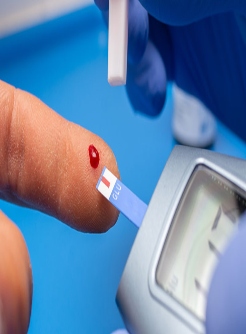



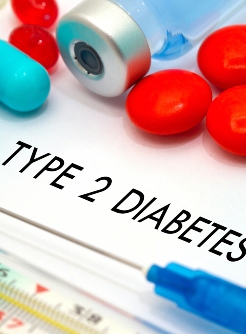



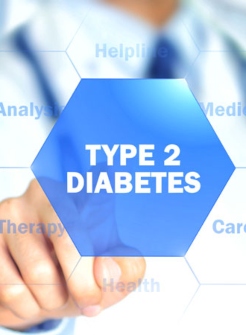
.jpg)
.jpg)

